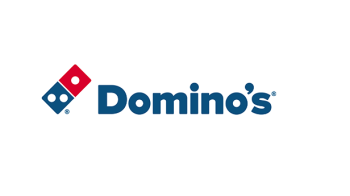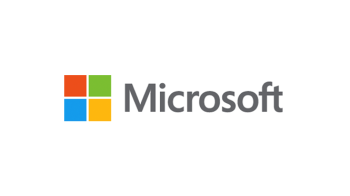Key current trends in search - a takeaway guide
Oscar Romero
Oscar Romero, Head of Biddable International at Mediavest's Performics Practices Team gives us an insight into some of the current trends in search during IAB Search week.
2016 remains an exciting time to be involved in paid search. As one of the key digital channels for many brands, it continues to be an important focus for agencies and clients alike. However, keeping up with some of the changes brought about by the search engines and ad tech can be overwhelming. So to make it easier, we’ve highlighted some of the key areas anyone involved in PPC will need to keep abreast of if they’re to remain competitive.
Audience targeting
Audiences are the biggest buzzword in the search-marketing world, and with good reason. Adding an audience layer onto your campaigns allows for an additional level of control, not previously possible within paid search. This will allow you to modify your bid strategies or creative based on the likelihood your prospect will convert. In some cases you could even enter new auctions that previously wouldn’t have been relevant or would have been too expensive. If you’re not familiar with, and utilising, all of the audience products available within paid search then you’re already falling behind.
Keyword-less targeting
The use of audience targeting allows search buyers to start dispensing with one of the longest-standing elements of paid search: the keyword. Newer products such as Dynamic Search Ads (DSA) work by scraping the content directly from the website and targeting people making appropriate searches. As over 500 million search terms per day have never been seen by Google before, there is an extremely good chance the traditional keyword-led approach will be missing out on a good number of queries. By combining DSA with a layer of audience targeting, you can have a highly targeted way of filling in the gaps of your search account.
Mobile
With many verticals now reaching ‘mobile tipping point’ (the time when the volume of mobile searches overtakes desktop searches), it’s already way past the point where you should have your mobile strategy in place. If you don’t, you need to drop everything you’re doing and get moving on it. Consumers demand a fully mobile experience, which starts with mobile-friendly search creative and landing pages.
Attribution modelling
One of the biggest barriers to mobile investment has always been proving the value of it. But if you’re still looking at mobile as a last-click channel, then you’re looking at it incorrectly. People don’t spend 100% of their time using one device; they bounce in between mobiles, tablets, work computers and home computers. Having a point of view on these behaviours is very important in deciding budgets and values to place against your campaigns and bidding.
Fortunately, Google have invested heavily in attribution modelling over the past few years, and it is now at a point where it’s very accessible for all advertisers. Following the acquisition of Adometry in 2014, Google have now integrated advanced attribution into all of its advertising products, including Google Analytics 360, Doubleclick and AdWords. This allows advertisers to move beyond last-click and give credit to all relevant clicks and impressions in the conversion path, including those taking place cross-device.
The most exciting and future-facing option for advertisers taking their first steps into attribution modelling is Data-Driven Attribution. Whereas traditional attribution modelling works on a rules-based system, Data-Driven uses an advertiser’s actual conversion data to measure the impact at every step in the path. This means you have a dynamic attribution model that is bespoke to you, and evolves as your digital marketing plan grows. If you haven’t explored the attribution modelling available within AdWords, make sure you take the time to do so.
Automation
When moving into attribution modelling, it’s important to make the data actionable. This is where automation comes into play. There are too many variables in a PPC bid for one person to accurately make the adjustments which need to be made, particularly when you’re not optimising on a one-to-one conversion basis.
Whether you’re working directly in AdWords, or using a bid-management solution, there are a vast number of automated-bidding opportunities. Implementing the right ones should not only improve your campaign performance, but also free up valuable time for more strategic initiatives, such as expanding your budget beyond traditional search channels.
Expanding beyond search
With the ease and accessibility of attribution modelling, there has never been a better time for search marketers to expand their remit into other biddable channels. Paid social, native advertising and programmatic display all present opportunities for anyone familiar with the PPC auction model.
From within AdWords, marketers can buy not only traditional search, but also Google Display Network ads, YouTube TrueView and Gmail Sponsored Promotions. If you are heavily reliant on paid search, these are a great way of getting a foothold into, and proving the value of, other digital media channels.
As the paid-search marketplace continues to involve, it’s never been more important for advertisers to remain at the forefront of the latest changes. Make sure you investigate all the latest changes and never stop learning!
Related content
The importance of decoupling display KPIs from search
Learn moreHumanising Search
Learn moreThe future of search lies in the power of suggestion
Learn moreTeaching machines to see - the future of visual search
Learn more
Fast forward to 2030 with Futurescape
An in-depth exploration of the attitudes, innovations and media shifts that will shape the years ahead and redefine how we advertise by the turn of the decade



